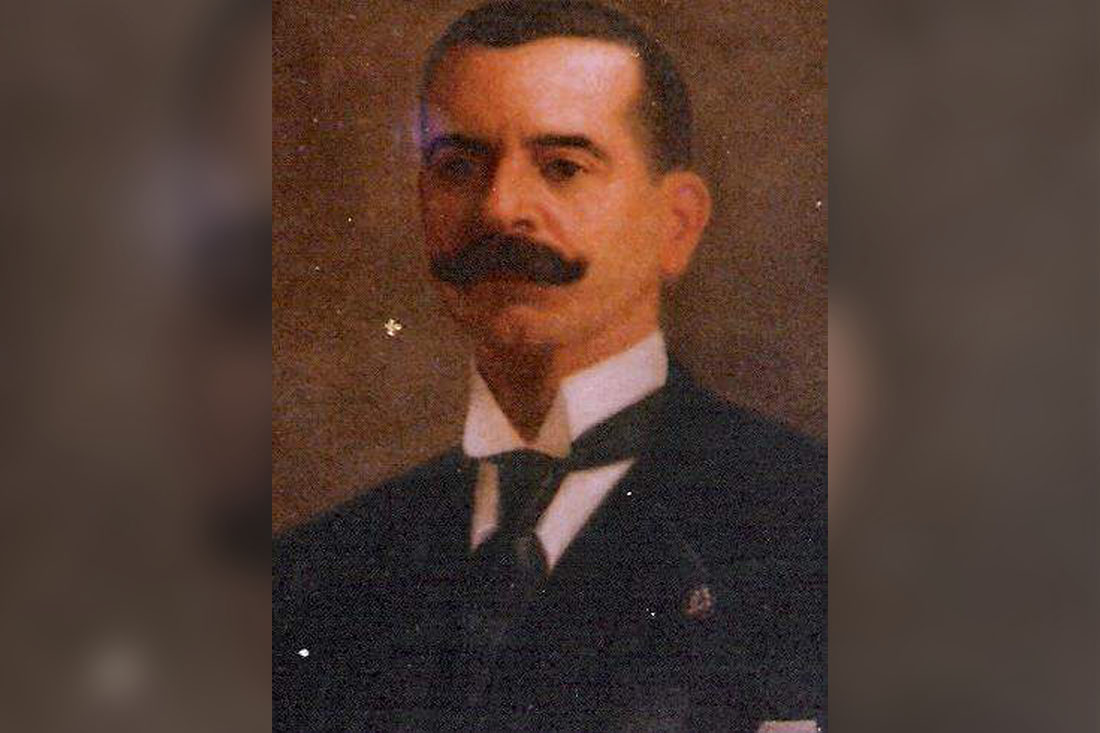Fernando María Figueredo Socarrás was born in Puerto Príncipe, Camagüey, on February 9th, 1846. He was educated in Bayamo and it is in this city that he rises up in October 1868 with Carlos Manuel de Céspedes.
On August 15th, 1870 he is promoted to Commander and to Lieutenant Colonel on June 7th, 1873. He stood out for his radical position. On April 26th, 1875, he opposed Varona’s sedition among other things of worth being his participation in the Baraguá Protest led by the leader Antonio Maceo y Grajales on March 15th, 1878 his greatest accomplishment.
Friendship with José Martí
In May of the same year he laid down his arms and on the 29th of the same month he moved to Key West, Florida. He studied engineering at the Renselear Politechnic Institute. Figueredo gave lectures on the Ten Years’ War. José Martí chose him as Subdelegate of the Cuban Revolutionary Party in the city of Tampa during the 1895-1898 War.
Back to Cuba
Upon his return to Cuba in January 1899 he held the position of second chief of the Cienfuegos Customs. The US occupation troops named him Undersecretary of State and the Interior. In 1902 he was Director of Communications (1902) and Comptroller General of the Republic (1904). In 1096 he was appointed Treasurer of the Republic. He assumed the presidency of the Cuban Academy of History in 1912.
Death and transcendence
He died in Havana city on April 13th, 1929. His texts constitute valuable documents of the Ten Years’ War: among them: “The taking of Bayamo”; “Carlos Manuel de Cespedes”; “Jose Dolores Poyo”; among other works.
Bibliography
Diccionario Enciclopédico de Historia Militar de Cuba, Primera Parte, (1510-1898). Tomo 1. Biografías. (2014) Editorial Verde Olivo, La Habana.
Translated by: Aileen Álvarez García






